Now that we live in a digital age, libraries, museums and archives are exploring new ways to bring information to life and make it open and accessible for the public to enjoy.
Perhaps you’ve seen some stunning examples of interactive touchscreens being used in similar surroundings, and think it could be a good option to open up your content or archives to visitors that may not be able to discover – or even access – them otherwise.
Or maybe you’re just looking for a way to keep your visitors engaged in a fun and immersive way, whilst being able to browse your content in their own time.
But is an interactive touchscreen really the best option?
Well, as touchscreen specialists, we’re going to talk you through some of the main benefits of interactive touchscreens for museums, galleries and archives – as well as when it can be a bad idea.
So, let’s get started by looking at three of the main reasons museums, galleries and archives could benefit from an interactive touchscreen experience.
1. Make your content or archives more accessible
One of the biggest issues many archives, museums and galleries face is the wealth of content that they’d just love to be able to make more accessible to their visitors – but they simply don’t know how.
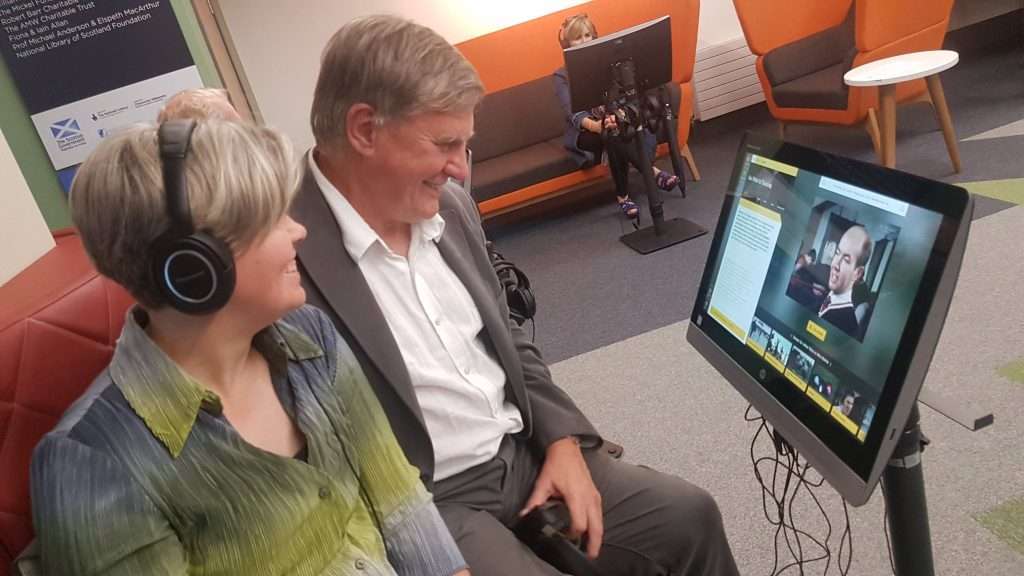
Currently, catalogues are a key source when it comes to accessing this information. Unfortunately, they can be intimidating and complex for visitors to access and use – especially if they don’t have experience of using them to explore material. In fact, it can be quite off-putting!
An interactive touchscreen can be a great way of showcasing a large amount of content in an intuitive and enjoyable way, whilst allowing people to find the information they need in their own time, and on their own terms.
One real-life example of this is when we helped introduce touchscreens to the National Library of Scotland’s Moving Image Gallery.
As a result, the public can now easily tap into and explore a huge collection of 46,000 documentaries, creative, experimental and observational films spanning the last 100 years of Scotland’s history.
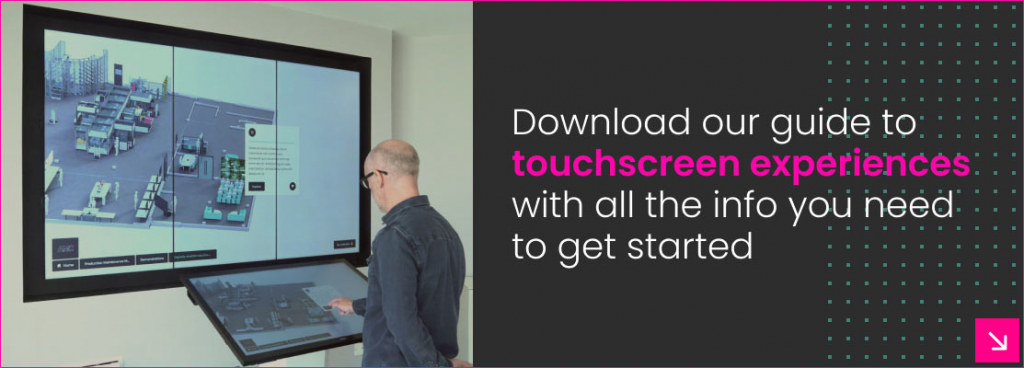
2. Keep your visitors engaged for longer
Perhaps you’re looking for ways your visitors can get the most out of their experience with you. By creating truly memorable, immersive and engaging experiences, a touchscreen can ensure they have an enjoyable visit, stick around for longer and come back for more.
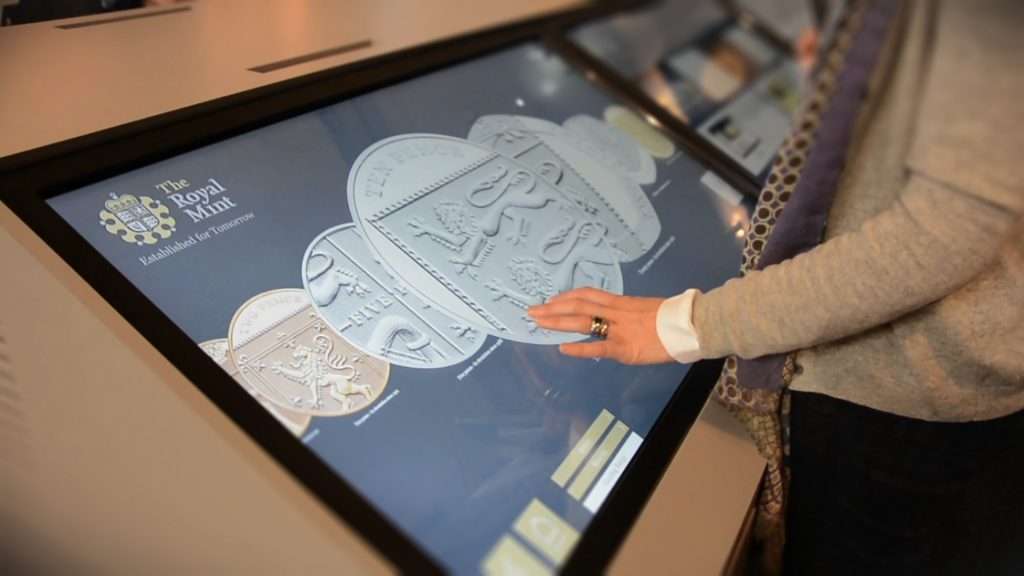
With so many options for interactivity, you could include fun features such as videos, pdfs, games and quizzes, demographic and facial recognition, shape recognition, and so much more! Depending on the surroundings, you can make it as creative as you like!
For example, the National Library of Scotland wanted to create an experience that people would not only remember, but would enjoy sharing with others, too.
Emily Munro, Learning and Outreach Officer from the NLS’s Moving Image Archive, said of their touchscreens:
“We wanted to have a really interactive experience for visitors coming in. We wanted it to be a communal experience as well, so that people could sit next to each other and look, share and talk about our collections.”
3. Bring your content to life and make it fun
With interactive touchscreens, you can bring your content to life in a way that has never been possible before. It can be presented in a manner that really grabs your visitors’ attention, fuels their imagination and allows them to enjoy new experiences.
It’s possible to create a touchscreen solution that’s suitable and enjoyable for all ages, but it also encourages conversation and shared experiences whilst educating and inspiring – which is what a trip to a gallery or museum is all about!
In the case of the NLS’s Moving Image Archive, pensioners are now able to share the material together and giggle away at the screen whilst remembering moments from the past – or share those memories with their great-grandchildren!
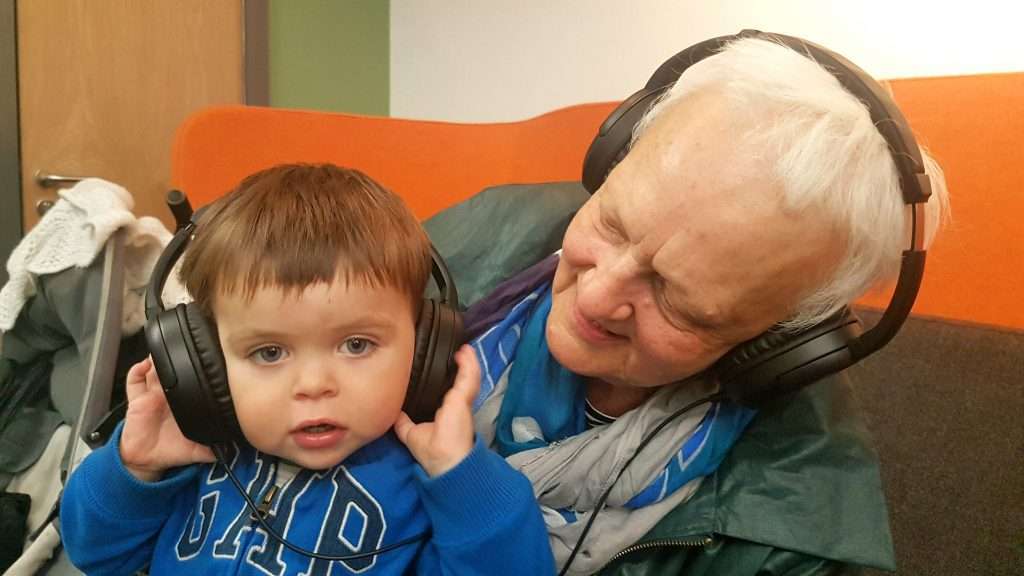
School children are completely at ease with touchscreens and need no invitation to start playing with the material – something they previously wouldn’t have done with a traditional catalogue.
With interactive touchscreen technology, you can keep the content refreshed and updated encouraging visitors to return time and again to explore more material.
Why a touchscreen may not be the best solution for you
A touchscreen might not always be the most appropriate solution, although this will very much depend on your surroundings.
For instance, it might be incongruous to have a digital screen in a stately room full of antiquities – it could look very out of place and ruin the aesthetic, taking people out of the overall experience you’re trying to achieve.
It could also be a distraction if your main goal is for visitors to immerse themselves in your exhibits or paintings, rather than spending most of their time looking at a digital screen.
The space around your touchscreen is important, too. Some touchscreens are quite large, so they may block areas of footfall. Or perhaps having a group of people gathered around a screen could be seen as annoying for other visitors.
Touchscreens should not replace physical items either. People are, on the whole, very tactile animals and like to touch and feel things – touchscreens shouldn’t replace this.
Instead, having the physical item beside a touchscreen so people can see or touch it, then explore more information using the touchscreen can create a far more memorable and immersive experience.
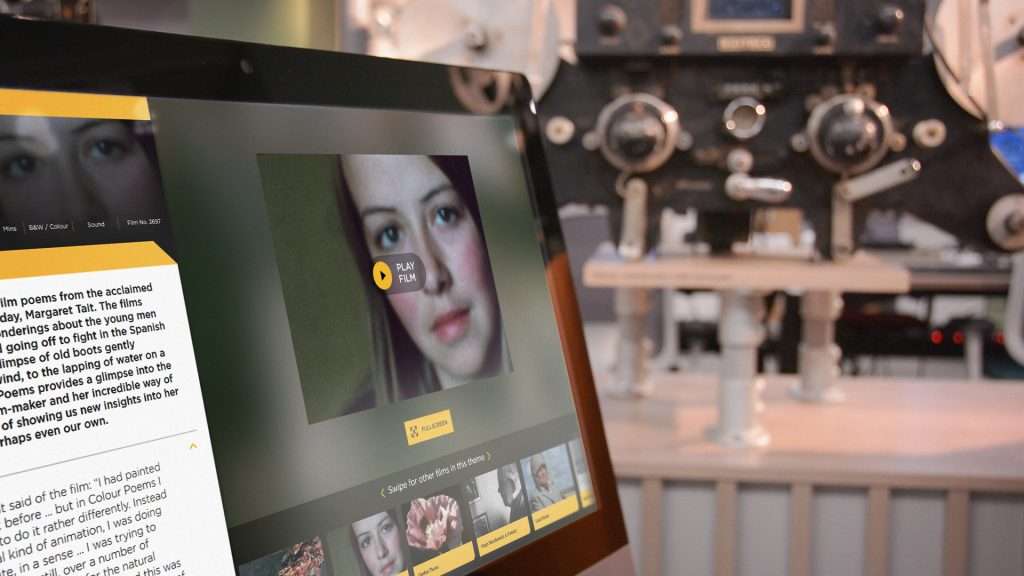
For instance, when we first started creating touchscreens for the Royal Mint, they didn’t place the actual coins featured on the screens close to the touchscreens so visitors could see the physical coins and then explore them in more detail through the interactives.
This caused a problem, in that although people liked to explore the various coins and information about them on the touchscreen, what they really wanted was to see the coins in real life, next to the content on the touchscreens.
Where to begin with your interactive touchscreen experience
Does an interactive touchscreen solution still sound like a good idea? In that case, the best place to start is by thinking about what you’re looking to achieve, and how you can create the best possible experience for your visitors.
Think carefully about who will be using your experience. What sort of information might they be looking for, and how can the content on your touchscreen help to enhance the overall experience in the space you’ll be placing it in?
If you think you could benefit from some guidance, a touchscreen specialist or interactive agency should be able to help you decide on the best way forward, and offer you some free, impartial advice.
You can also check out our recent blog post: Where to Start When Creating an Interactive Solution for Your Business. We hope you find it helpful!
Touchscreen solutions for museums, galleries and archives
Wondering whether an interactive touchscreen might be the best solution for your museum, gallery or archive? If you like the idea of some of the benefits above, it might be worth looking into.
However, you should carefully consider the space your touchscreen will be going into, and the type of content you wish to include – will it add to the experience or hinder it? For more information, get in touch today on +44 (0)117 329 1712 or hello@popcomms.com. We’d love to hear from you.

Related Posts
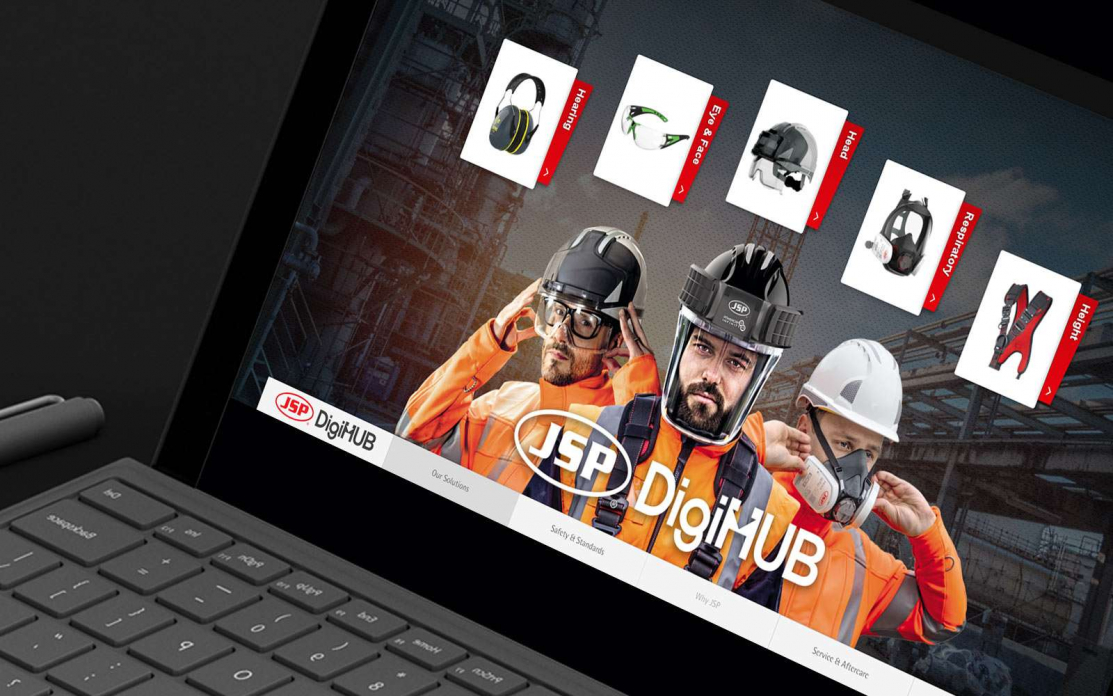
JSP Safety – Buyer enablement platform
Read

Bringing Scotland’s Moving Image Archive to Life Through an Interactive Touchscreen Experience
Read
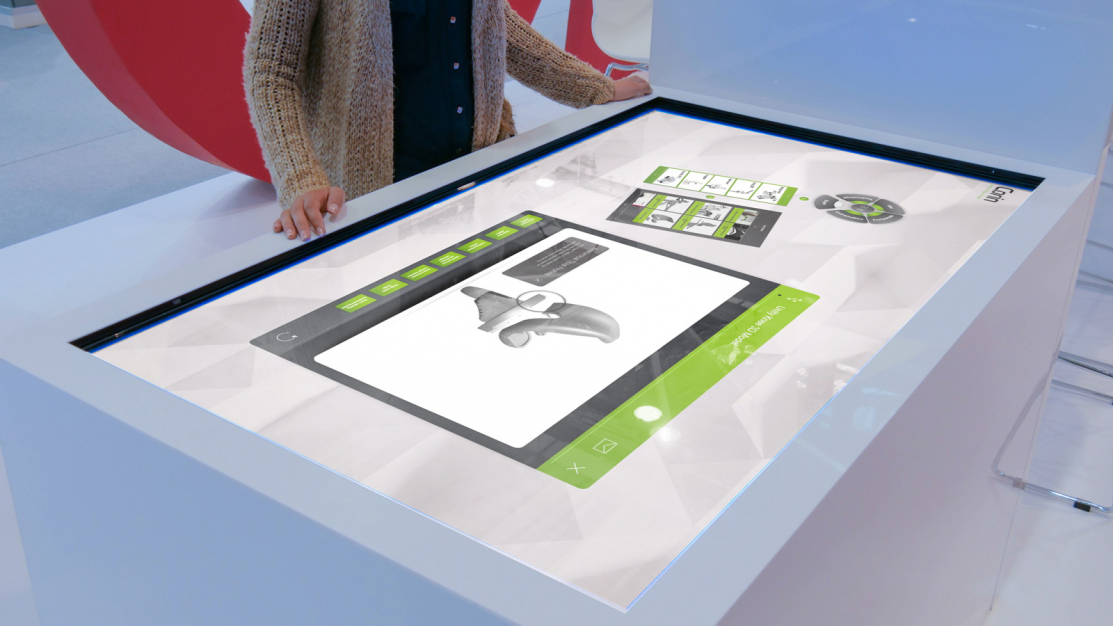
Which Types of Interactive Content Can be Added to a Touchscreen Solution to Improve Sales?
Read
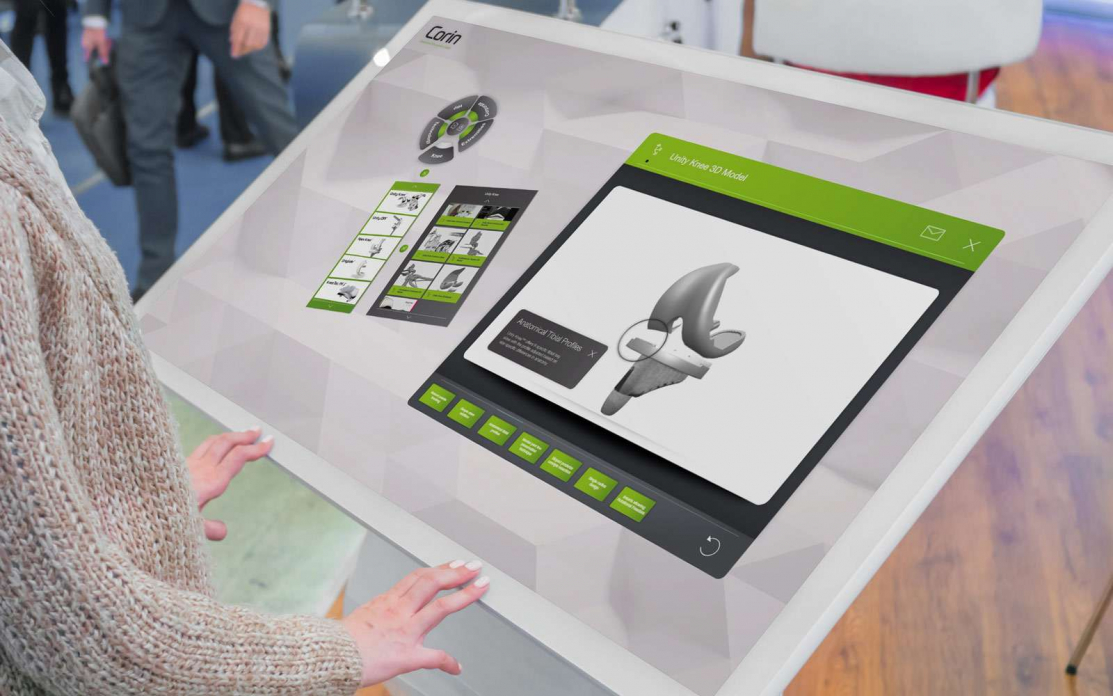
Creating an Interactive Touchscreen Experience: Where to Start
Read